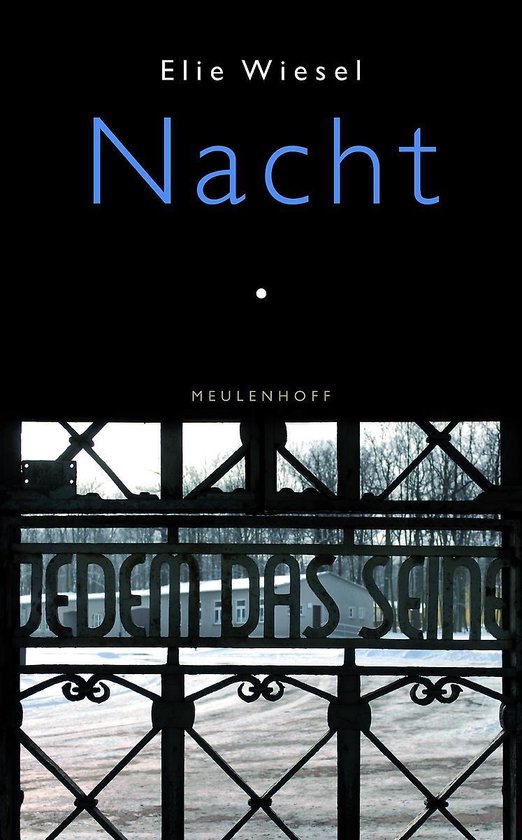
Wilhelm Brasse
This is a unique eye-witness documentary record of life inside Auschwitz at its full operational peak, as recalled, with impressive lucidity and matter-of-factness by Wilhelm Brasse, prisoner no.
This is a unique eye-witness documentary record of life inside Auschwitz at its full operational peak, as recalled, with impressive lucidity and matter-of-factness by Wilhelm Brasse, prisoner no. 3444, who, due to his professional skills, escaped extermination by becoming a photographer whom the ever-well-organised Nazis obliged to record photographically the running of the camp, including such detail as Dr Mengele's infamous experiments. Wilhelm Brasse was born in 1917 in Zywiec of an Austrian father and a Polish mother. Before the war Brasse worked in a photographic studio in Katowice. For refusal to join the Wehrmacht, he was sent to Auschwitz, where from 1941 to 1945 he worked in the Identity Service as a photographer. He took tens of thousands of photographs of prisoners, hundreds of portraits of SS-men and documented some so-called medical experiments. After the war ended, he returned to Zywiec where he has been living ever since. In March 2010 Maria Anna Potocka conducted an interview with Wilhelm Brasse. The outcome is this book and its edited tales of the prisoner-cum-chief-photographer of Auschwitz, together with a film with extracts from the interview. There is an introduction by the historian Teresa Wontor-Cichy, the academic editor at the Auschwitz-Birkenau State Museum. The book is generously illustrated with photographs from Wilhelm Brasse's own archives, as well as the photographic archives of the Auschwitz-Birkenau Museum and Yad Vashem. The book is published in association with the Museum of Contemporary Art in Krakow, Poland. The publication has been supported by the following ministries and organizations: The Ministry of Culture and National Heritage of the Republic of Poland.
This is a unique eye-witness documentary record of life inside Auschwitz at its full operational peak, as recalled, with impressive lucidity and matter-of-factness by Wilhelm Brasse, prisoner no. 3444, who, due to his professional skills, escaped extermination by becoming a photographer whom the ever-well-organised Nazis obliged to record photographically the running of the camp, including such detail as Dr Mengele's infamous experiments. Wilhelm Brasse was born in 1917 in Zywiec of an Austrian father and a Polish mother. Before the war Brasse worked in a photographic studio in Katowice. For refusal to join the Wehrmacht, he was sent to Auschwitz, where from 1941 to 1945 he worked in the Identity Service as a photographer. He took tens of thousands of photographs of prisoners, hundreds of portraits of SS-men and documented some so-called medical experiments. After the war ended, he returned to Zywiec where he has been living ever since. In March 2010 Maria Anna Potocka conducted an interview with Wilhelm Brasse. The outcome is this book and its edited tales of the prisoner-cum-chief-photographer of Auschwitz, together with a film with extracts from the interview. There is an introduction by the historian Teresa Wontor-Cichy, the academic editor at the Auschwitz-Birkenau State Museum. The book is generously illustrated with photographs from Wilhelm Brasse's own archives, as well as the photographic archives of the Auschwitz-Birkenau Museum and Yad Vashem. The book is published in association with the Museum of Contemporary Art in Krakow, Poland. The publication has been supported by the following ministries and organizations: The Ministry of Culture and National Heritage of the Republic of Poland.
| Auteur | | Museum Of Contemporary Art In Krakow Poland |
| Taal | | Engels |
| Type | | Hardcover |
| Categorie | | Geschiedenis |





